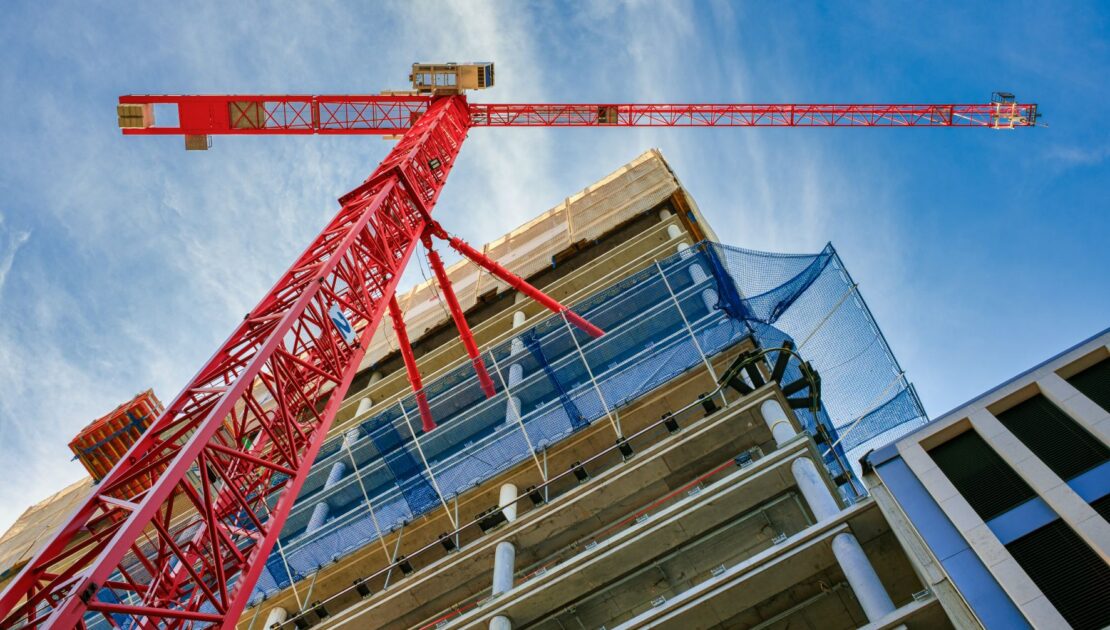Construction Industry's Rebound Brings More Opportunities, But Also More Risks

The construction industry is rebounding after significant challenges during the pandemic, but more opportunities also come with more risks, an insurer has warned.
Selective Insurance, a commercial business insurance carrier specializing in construction firms, has forecasted that more single-trade contractors will expand their business into multiple trades or general contracting to cope with growing demand for construction projects as well as the persisting shortage of skilled labor.
Aside from increasing their exposure footprint, the growth also heightens subcontractor risks for construction businesses, according to Jim Albi (pictured), assistant vice president for contractors strategic business at Selective Insurance.
“The skilled labor shortage has caused many construction firm owners to go out and hire others [to do projects] on their behalf. More often than in the past, they might have had subcontractors to complete the work,” Albi said.
What’s propelling the construction industry’s recovery?
April’s jobs figures by the Bureau of Labor showed that the construction sector added 15,000 positions, while the jobless rate dipped to 4.1%.
At the same time demand for larger, more complex multifamily structures has also generated more business for contractors, according to Albi.
“Looking through the end of the year and into next year, we’ve definitely seen a shift towards multifamily construction, versus the single-family homes that were in more robust demand a few years earlier,” he told Insurance Business.
“Higher interest rates have pushed buyers to more affordable, multifamily housing, whether it’s an apartment, condominium, or townhouse, and the construction industry has shifted to meet that demand.”
Albi also flagged the Biden administration’s infrastructure and jobs act, which passed in 2021, as a major driver of new construction projects for the next few years.
“That money’s hitting the streets and those projects are starting to get out there,” he said.
What are the three biggest risks for the construction industry today?
The report pointed to three key risks for contractors for the next year:
- Inflation – Though inflation peaked in 2022, general contractors continue to deal with economic risk. They can manage this risk by focusing on renovation, taking out lines of credit to pay for labor and materials, and hiring more independent contractors, Selective said.
- Labor shortage – Faced with a lack of skilled tradespeople, contractors have been pushed into hiring inexperienced or younger workers. Selective data revealed that younger workers (those under 34) featured in more workers comp claims from residential general contractors than any other age group.
- Subcontractor Risk – Responsibility for subcontractors’ errors has long been a general contractor risk, but it is heightened when high prices, labor scarcity, and material shortages force subcontractors to make compensations, Selective noted. Contractors must ensure their subcontractors also have the appropriate safety measures and insurance coverage for the project.
What does this mean for construction industry clients?
As the construction industry trends toward more complex projects and multifamily residentials, Albi stressed that brokers and agents play a strong role in ensuring their clients are equipped to handle new types of projects.
“For example, if they traditionally built single-family homes and are now shifting to build a six-storey apartment building, they need to reset their safety program because of the different height concern. They need to make sure they find the appropriate subcontractor to handle that work; the same subcontractors they hired for single-family homes may no longer be adequate.
“We have to make sure that they shift and move their business to help manage those new kinds of projects, and agents are in the driver seat alongside their clients for that.”
Article Published By: Insurance Business Mag
Article Written By: Gia Snape
